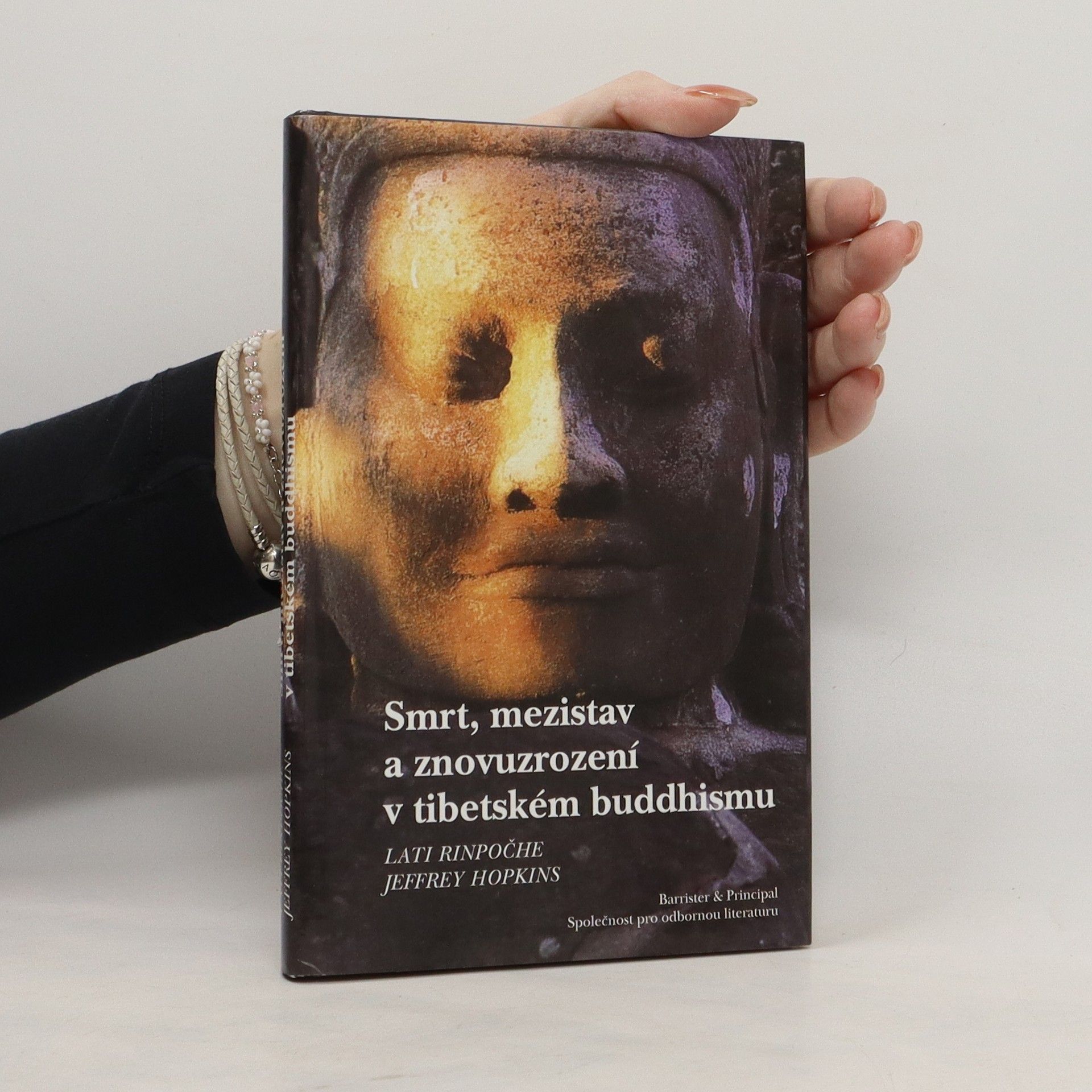Pojednání o nejvyšší tantrické józe, jejímž cílem je zastavit umírání a znovuzrození včetně mezistavu, který je mezi nimi. Praktiky a cvičení založená na simulaci smrti vycházející z buddhistické medicínské teorie sloužící k očistě mysli. Komentovaný text, jenž má kořeny v naukách řádu Gelugpa, je doplněn předmluvou 14. dalajlamy.
Lati Rinpoché Knihy




In the great Tibetan monasteries of Lhasa, monks seeking to purify their minds and develop the understanding necessary for final enlightenment began their inquiry into mind and consciousness by studying The Presentation of Awareness and Knowledge. Through understanding the nature of the mind and the process of cognition, inner peace can be attained. This text, plus Lati Rinbochay's rich and extensive commentary, give a comprehensive explanation of the nature and function of the mind, the different types of mind and mental factors, and how we develop knowledge and understanding. In her, introduction Elizabeth Napper gives an overview of the principal divisions of consciousness and mind.
Death, Intermediate State and Rebirth
- 86 stránek
- 4 hodiny čtení
This fascinating book unfolds in detail the complex Tibetan Buddhist system of subtle physiology, providing a complete exposition of the channels, drops, and winds which serve as foundations for consciousness. Highest Yoga Tantra simulates processes of death, intermediate states, and rebirth, so it is important for the practitioner to know how humans die—the stages of death, and the physiological reasons behind them.